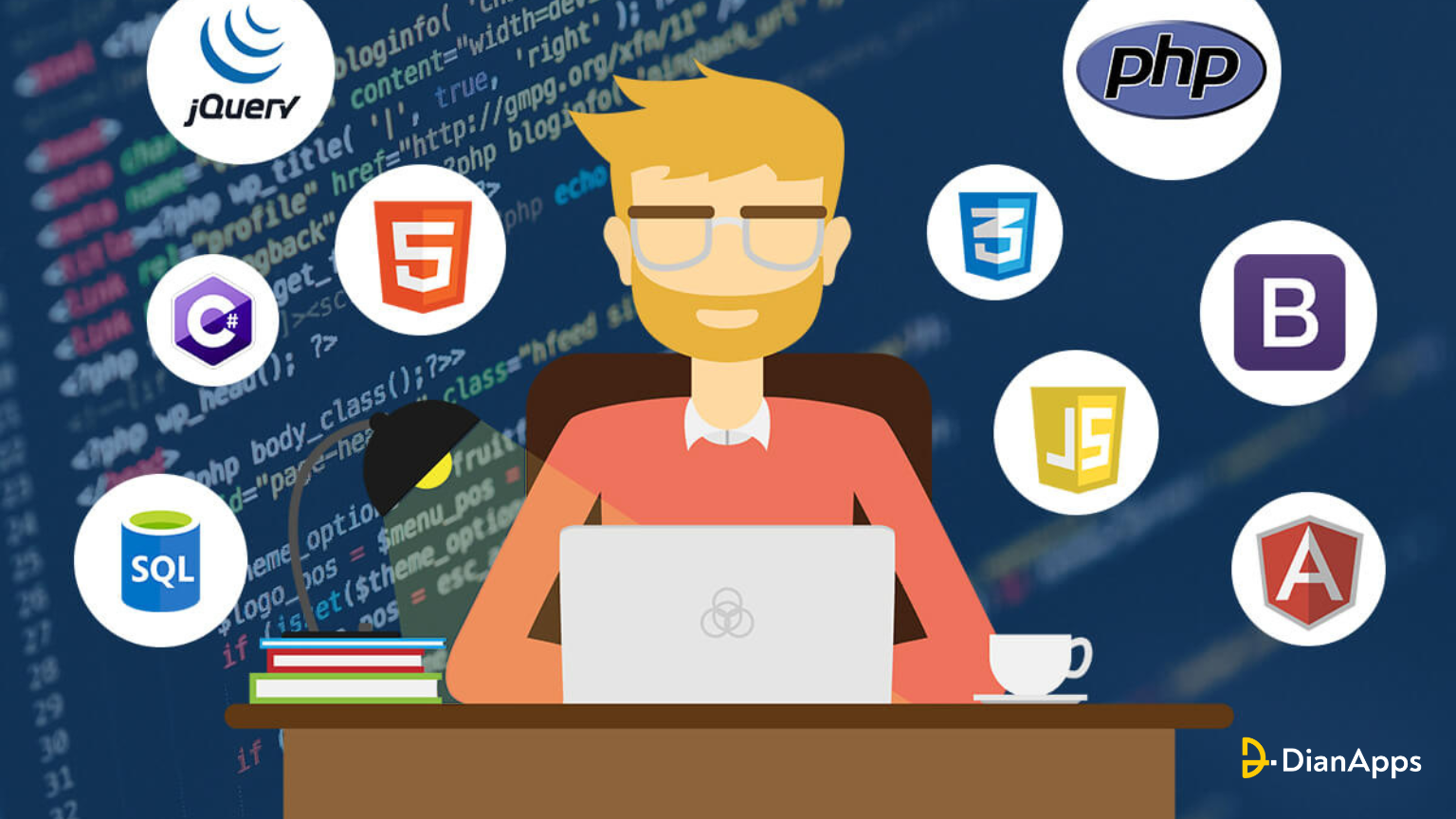AppliMarkets: Your Go-To Resource for App Insights
Explore the latest trends, reviews, and tips in mobile applications.
Full-Stack Wizards: Crafting Web Wonders from Code to Canvas
Unlock the magic of web development! Join Full-Stack Wizards to learn how to turn code into stunning digital masterpieces.
Understanding the Full-Stack Developer: Skills, Tools, and Responsibilities
Understanding the Full-Stack Developer starts with recognizing their comprehensive skill set, which spans both frontend and backend development. A full-stack developer typically possesses proficiency in multiple programming languages, such as JavaScript, Python, and Ruby. Additionally, they should be familiar with frameworks like React, Angular, or Vue.js for the frontend, and Node.js or Django for the backend. Beyond coding, it is crucial for these developers to have a solid grasp of database management systems such as MySQL, PostgreSQL, or MongoDB. Furthermore, they should be adept in version control systems like Git, ensuring that project workflows are efficient and collaborative.
The responsibilities of a full-stack developer are equally diverse, encompassing the entire web development cycle. They are responsible for designing user interfaces, writing server-side logic, and integrating APIs, which collectively contribute to a seamless user experience. Additionally, full-stack developers often engage in testing and debugging to guarantee the reliability and performance of their software. A successful full-stack developer must also stay updated with the latest industry trends and emerging technologies, continually adapting their skill set to meet ever-evolving demands. This unique blend of skills, tools, and responsibilities positions the full-stack developer as a crucial asset in any agile development team.

From Frontend to Backend: A Journey Through the Full-Stack Development Process
The journey from Frontend to Backend in full-stack development is akin to a roadmap guiding developers through the intricate landscape of web application creation. Initially, developers focus on the frontend, which involves everything that users interact with directly. This includes crafting visually appealing interfaces using technologies such as HTML, CSS, and JavaScript. Utilizing frameworks like React or Angular allows for the creation of dynamic user experiences. As developers become adept at frontend technologies, they inevitably feel the pull towards the backend, where the real magic happens—data processing, server-side logic, and database interactions.
Transitioning to the backend introduces developers to server-side languages such as Node.js, Python, or Ruby, which manage requests, handle business logic, and communicate with databases. Key components of the backend include the API (Application Programming Interface) and database management, which are responsible for ensuring that the frontend and backend communicate effectively. Mastery of both sides of the application stack enables developers to create seamless user experiences. In this full-stack development journey, a deep understanding of both frontend and backend processes not only enhances technical skillsets but also fosters better collaboration within teams, driving project success.
What Makes a Great Full-Stack Developer? Key Traits and Tips for Success
A great full-stack developer possesses a unique blend of technical skills and personal attributes that allow them to excel in both front-end and back-end development. Key traits include a solid understanding of programming languages such as HTML, CSS, JavaScript, as well as server-side technologies like Node.js or Python. Moreover, a strong grasp of database management and APIs is crucial. To succeed, they must embrace lifelong learning, keeping abreast of the latest industry trends and advancements. By maintaining an adaptable mindset, full-stack developers can tackle a range of challenges while ensuring user needs are met effectively.
In addition to technical prowess, soft skills play a vital role in the success of a full-stack developer. Effective communication is essential, as developers often collaborate with cross-functional teams to translate ideas into functional products. Problem-solving skills are equally important; the ability to think critically and troubleshoot issues helps developers maintain workflow and enhance project outcomes. To further their success, aspiring full-stack developers should consider these tips:
- Build a diverse portfolio showcasing various projects.
- Engage with the developer community through forums or local meetups.
- Seek mentorship opportunities from experienced professionals.